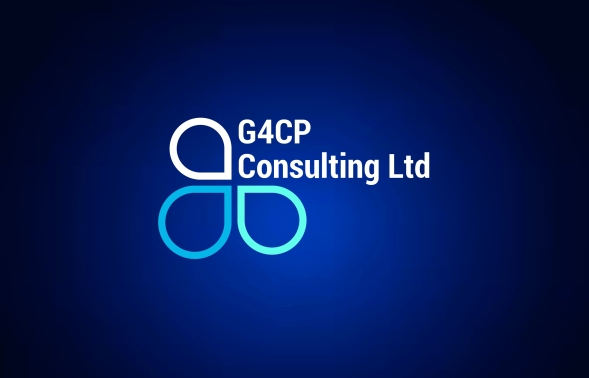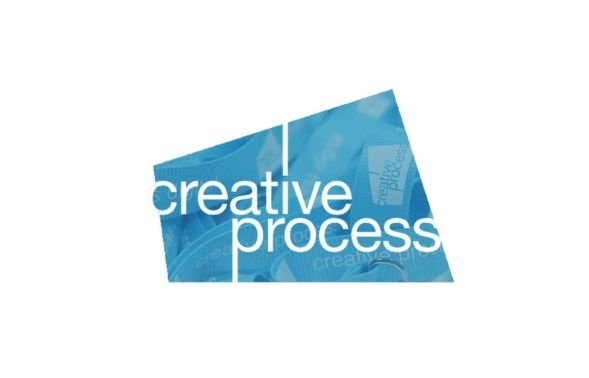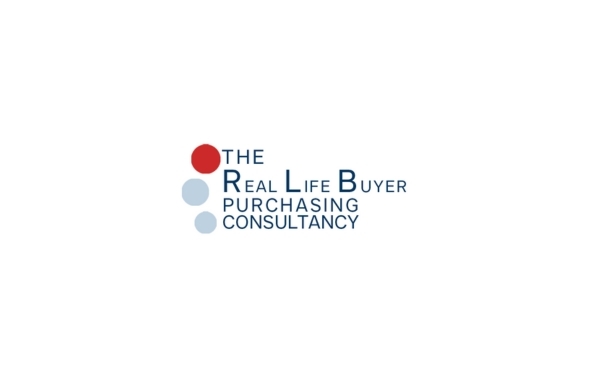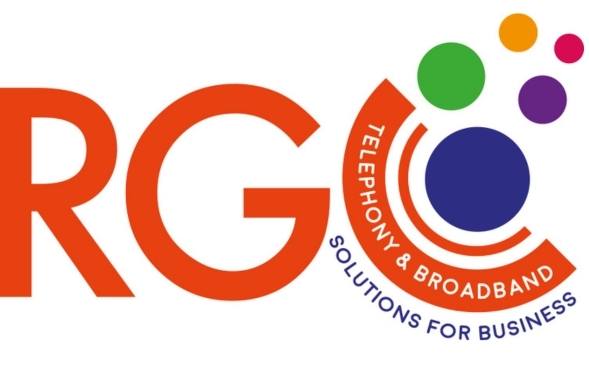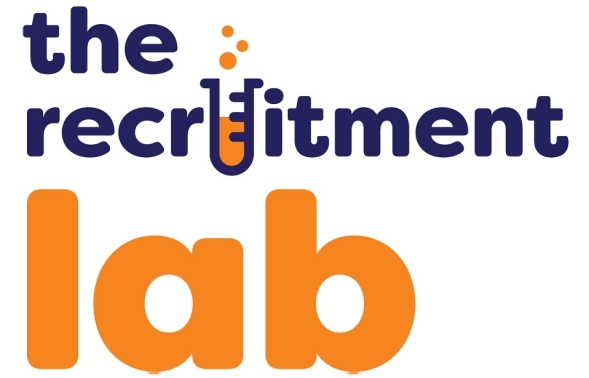- Stand out from the crowd
Create a “we want, we need” motivation in buyers. Supply and demand drives valuations, therefore, if your business is indistinguishable from others, commanding a premium price becomes difficult. Ask yourself:
-
- What niche can you own?
- What category is under-supplied that only you can see?
- How can you be different?
Owning a defensible niche with barriers to entry is by far the greatest valuation multiplier.
- Choose the right exit option and timing
While this article focuses on trade or investment buyers, do not overlook other attractive exit routes such as Employee Ownership Trusts (“EOTs”) or Management Buyouts (“MBOs”). A skilled and experienced adviser will guide you to the best path. The timing of your sale should balance:
-
- Market appetite.
- Shareholder motivations.
- The growth trajectory of your business.
- Build value in advance
Preparation drives premium pricing. Review your business model, forecasts, and key data before going to market and identify how you can stand out, reduce risks, and show buyers why they need your business. Ask yourself: “What is in it for the acquirer?” Buyers want growth and demonstrating credible growth prospects will create competitive motivation.
Expect buyers to conduct thorough due diligence — commercial, legal, cultural, and financial. Prepare for this by gathering and refreshing key information in advance. A good pre-sale assessment should focus on:
-
- What works in the business — and what does not.
- Financial performance, forecasts and growth potential.
- Structural and market risks.
- The value of intellectual property and processes.
- The professionalism and depth of your team.
- Technological and cultural strengths.
- Integration strategy post-acquisition.
- Shareholder alignment
If weaknesses are found, they can often be mitigated by:
-
- Addressing them through warranties and indemnities in deal documentation.
- Conducting deeper cross-checks.
- Renegotiating deal terms or delaying the sale until they are resolved.
- Create an auction
Different buyers have different motivations and therefore different valuations. The best approach is to market your business on an “offers invited” basis, thereby generating choice, competition and multiple bids. All acquirers must have access to identical information to ensure a level playing field and if offers are close, invite final sealed bids.
Comprehensive research is essential, ideally on a global basis for deals exceeding £3 million to identify strategic buyers with real synergies and economies of scale.
- Master the art of negotiation
Effective negotiation is strategic and psychological. Key principles include:
-
- Strategy: always stay a few steps ahead.
- Alternatives: be ready to walk away if the deal is not right.
- Listening: understand the other side’s priorities, even if you disagree.
- Charm: a firm but friendly approach always wins.
- Focus: win the big points and be prepared to concede the small ones.
- Language: avoid saying “no” people respond better when they feel heard.
- Craft the deal structure
While some sales achieve an all-cash outcome, particularly in competitive situations, many involve deferred or performance-linked elements. Common structures include:
-
- Shares: retaining equity can provide upside as the business grows but consider how and when they can be realised.
- Deferred payments: essentially lending the acquirer money to buy your shares: make sure you evaluate the covenants, security, and interest offered.
- Earn-outs: payments tied to future performance metrics such as turnover or profit. These can enhance total value, but careful structuring and protections are essential to avoid disputes and ensure payment.
The process typically begins with a Heads of Terms (“HoT”), a non-binding outline of key commercial terms such as price and structure (binding only for confidentiality and exclusivity). This leads to the Sale and Purchase Agreement (“SPA”), which sets out warranties and indemnities, the mechanisms that allocate risk and can influence value. Lawyers naturally plan for the worst-case scenario but remember - the "perfect" business sale is one where both sides feel they have won.
- Manage the process firmly
Selling a business requires clear leadership, discipline, and the right advisers. A typical transaction completes within three to four months once terms are agreed. To stay on track:
-
- Define roles: the project leader (usually the M&A adviser) must have the trust of both buyer and seller.
- Set timeline objectives: run concurrent workstreams rather than a linear process.
- Maintain momentum: avoid “deal fatigue” from endless negotiations.
- Communicate clearly: use shared tools to track progress and updates.
- Adapt collaboratively: address any issues as they arise, sharing information openly.
- Prioritise reviews: regularly flag “red” and “yellow” issues needing deeper attention.
https://avondale.co.uk/the-perfect-business-sale-7-success-factors/
Final thoughts
Selling a business will most likely be the most significant transaction you will ever undertake as a leader. The right adviser will prepare your business for sale, manage competitive bids, project-manage the process to minimise distraction, and negotiate to maximise value. Advisory fees should be linked to milestone success because when properly managed, the results will more than justify the cost.
Contact us
The “perfect” business sale is possible with preparation and strategy. Securing the best buyer, price, structure, and handover ensures success not just for you, but for your team and the future of the business. Call Avondale on +44 (0)20 7788 8250, email us at av@avondale.co.uk or fill out the attached form to arrange a free consultation to discuss your ‘perfect’ business sale.
This article has been prepared for informational purposes only, and is not intended to provide, and should not be relied on for any specific tax, legal or accounting advice. Regulated advice bespoke to your circumstances is essential.


